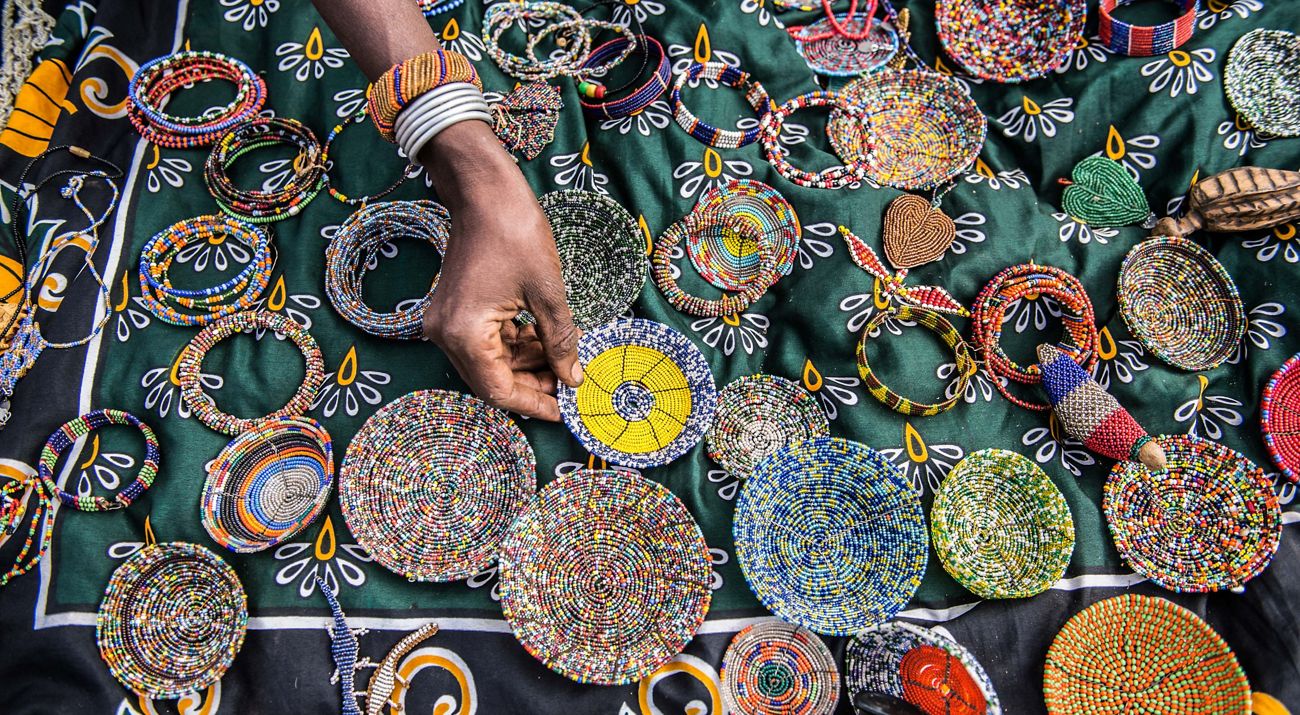Protecting Conservation’s Indigenous Legacy in Kenya
Lekorere: Invest in Communities to Guarantee Local Ownership of the Conservation Agenda

This opinion piece by Laikipia North Member of Parliament Sarah Lekorere was originally published in Kenya’s Daily Nation newspaper on June 30, 2018
For many Kenyans, conservation is viewed as something foreign, an activity whose ideas and business are spearheaded by foreigners.
If you ask people in my constituency in Laikipia North, or across Kenya, many might say conservation is designed to displace people from their indigenous habitat, to restrict their free movement, and to threaten their livelihoods. But, in my view, conservation is something we Kenyans have done all our lives. Historically, there was no conflict between pastoralists and wildlife, and animals and humans coexisted peacefully.
For a very long time, those in the conservation business did not recognize this and have been letting the indigenous knowledge slip away. Indigenous knowledge is not documented, so it’s easy to overlook it. I think that conservation must be a matter of blending the indigenous knowledge and the technical expertise.
Conservation is about our own livelihoods: Given land degradation and the kind of droughts we have been experiencing, unless some very drastic measures are taken then the livelihoods of the population are really threatened. But there are powerful individuals with an agenda against conservation and they make headway when they package their perspectives in ways that arouse sympathy from locals.
Because this, those in the conservation business must really work to help local people understand what’s in it for them. They must seek to hear people out and learn their perspectives. If the conservation agencies have well-intended motives but are surrounded by opaqueness, people will reject their efforts, and we will forever see conflicts around the ideas of conservation. That might be a great shame, because the benefits of conservation are huge and manifold. Without going out of our way to look for examples, we can see evidence of this just hear in Laikipia.

We are seeing a lot of scholarships for children to attend primary and secondary schools, and even beyond. There are people who are today graduate professionals who have gone through sponsorship because of money raised through conservation. We have seen a lot of businesses grow out of women making and selling cultural artefacts to supply the tourism industry that depends on conservation.
We have seen many primary health care projects. We know that free maternity health care was in the Big Four Agenda, and for some of us living in big cities, we think that it is easy. Somebody can just walk to a hospital, get clinical services, have a child, and go back home. If you go to Kirimon in my constituency, you will find pregnant mothers in labour who have to walk or hitch a motorbike for 20km to the nearest dispensary, because there is no transport. Then she gets there and finds the one nurse has gone out.
Even simple things like vaccinations are difficult to find, so you can have children who still cannot access vaccines for things like polio or tuberculosis. That has a great impact on the health of mothers and children. To some of these women, primary health care is just a mirage, something you talk about in big towns, but very far from their reality.

Conservation investors must do even more to help people like those mothers. They must be part and parcel of the development of their own localities. If those in the conservation business get involved with the activities of their domiciled communities, then conservation ceases to be a foreign concept.
I see this thinking in a large new investment from the Wyss Foundation that will support projects in north Laikipia that will benefit people, not just wildlife. The grant was given to The Nature Conservancy (TNC), which will distribute grants to local NGOs to implement the projects, in collaboration with County government, and TNC will provide technical support. Some of the money will go to improve primary health care, such as supplying vaccinations, basic treatment, tuberculosis services, family planning, and referrals for complex cases. Some of the funds will be used to build new infrastructure and support new community conservancies.
If you look at community conservancies like Naibunga Conservancy – group ranches that voluntarily set aside some acreage of their land for conservation – a lot of public participation was done and there was a deliberate effort to make the locals understand the concept. Now the community sees that conservation is not just about the protection of the wildlife, but it’s also about their own livelihoods. I hope that this funding will educate and inspire others to take a holistic approach to conservation and invest in local people.
